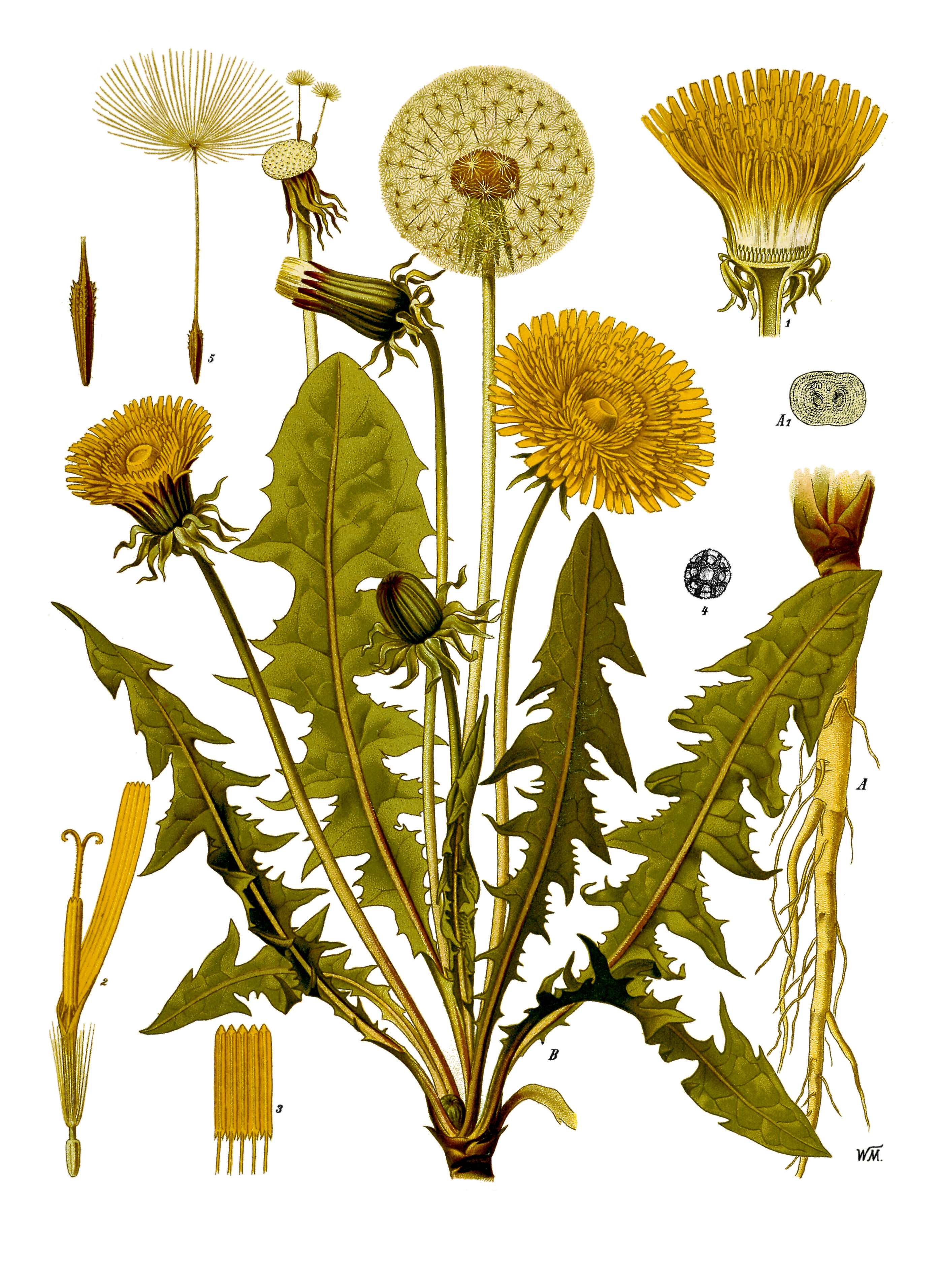Now, while not always glamorous, a number of these species are intriguing, some of which are even beautiful, if not for their habits. There can be something rather enjoyable about trying to figure out what manner of flowers line a highway, and a certain delight in seeing a familiar bloom, even if a humble one.
For those in Virginia, Virginia Tech has a page that gives a good run down of "weed" species:
http://turfweeds.contentsrvr.net/category_browse.vesh
I wanted to highlight a few, eight in all, particular species that I often see, and most appreciate.

I begin with Chicory (Cichorium intybus), for who is not familiar with the blue roadside bloom of the lanky Chicory. They are also interesting in being a coffee substitute.
Cf., http://turfweeds.contentsrvr.net/category_detail.pg_61.vesh

Next, the Common Milkweed (Asclepias syriaca), a rather distintive plant if ever there was one. The pinkish ball-shaped flower bundle, the round-wide leaves, and the rather milk sap. The Milkweed is also interesting for the several species of insect that rely exclusively on this plant for food and shelter. These include the Monarch Butterfly (Danaus plexippus), the Milkweed Beetle (Tetraopes tetraophtalmus), Large Milkweed Bug (Oncopeltus fasciatus).
Cf., http://turfweeds.contentsrvr.net/category_detail.pg_88.vesh

Recently, my wife located a delightful little weed called either Butter-and-Eggs or Yellow Toadflax (Linaria vulgaris). This one falls into the category of what is certainly a weed, but a surprisingly attractive one, nonetheless.
Cf., http://turfweeds.contentsrvr.net/category_detail.pg_301.vesh

Surely most of my readers have, from time to time, noticed the fuzzy biannual, the Common Mullein (Verbascum thapsus). Its first year, it remains a flat whorl of fuzzy grey-green leaves. Its second year, however, it sends up a tall stalk bearing yellow flowers.
Cf., http://turfweeds.contentsrvr.net/category_detail.pg_120.vesh

This little weed certainly fits the description of rugged -- the Horse Nettle (Solanum carolinense). A member of the Nightshade family bearing spines, it is certainly noxious, though its little flower is endearing!
Cf., http://turfweeds.contentsrvr.net/category_detail.pg_282.vesh

For simply being ubiquitous, I must include the English or Buckthorn Plantain (Plantago lanceolata). There is not much to say about this species, except that perhaps everyone on Earth has seen one. That, I suppose is an accomplishment in itself!
Cf., http://turfweeds.contentsrvr.net/category_detail.pg_283.vesh

Also in the ubiquitous category, but the favorite of little children who love to scatter their seeds, and of wild food enthusiasts who eat them, is the Dandelion (Taraxacum officinale).
Cf., http://turfweeds.contentsrvr.net/category_detail.pg_2.vesh

I conclude this entry with the species that dominates the highway near my home right now: White Sweet Clover (Melilotus albus). It is not the same as the short and familiar White Clover (Trifolium repens) and Red Clover (Trifolium pratense) of your lawn; this is a lanky, tall, speciman of roadsides.
Cf., http://turfweeds.contentsrvr.net/category_detail.pg_268.vesh
Live well!
Dandelions are the curse of my yard, especially since my children have the habit you describe (spreading the seeds). Most of those "weed" species actually look very pleasant in these photographs.
ReplyDelete